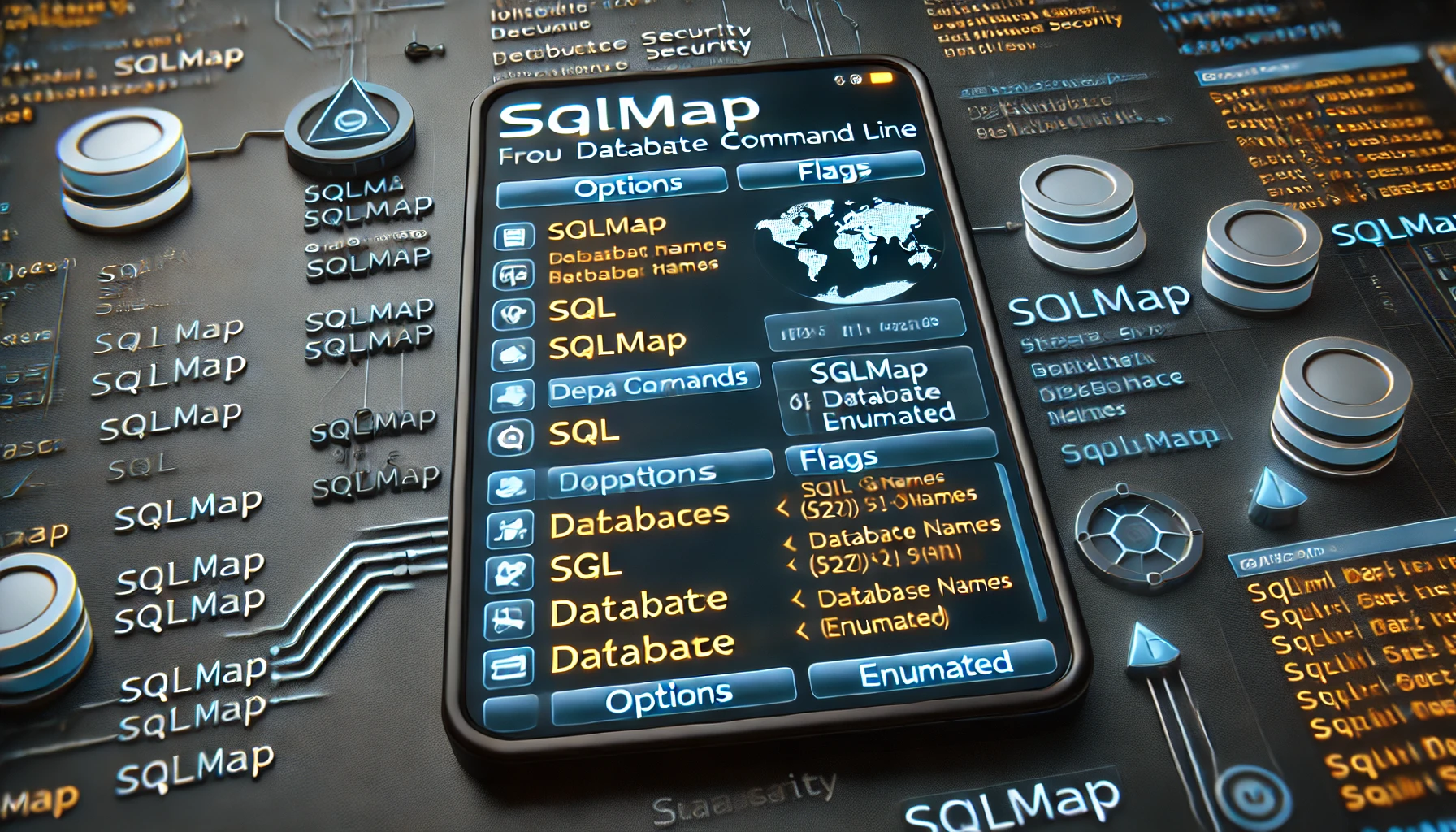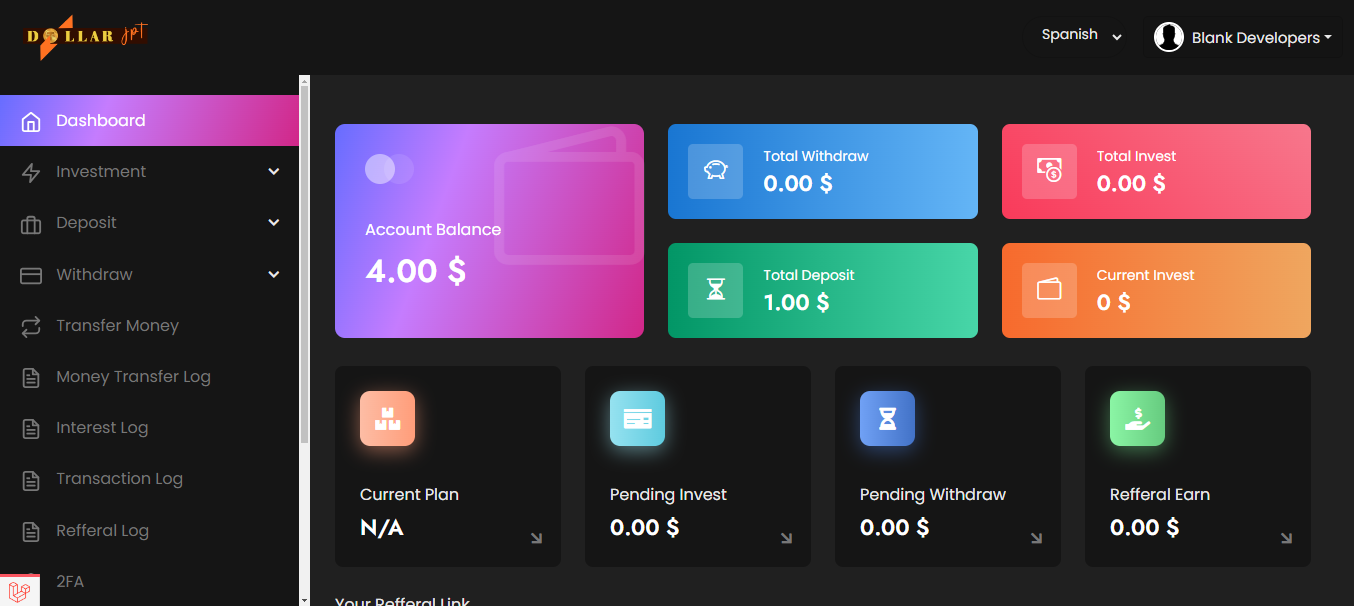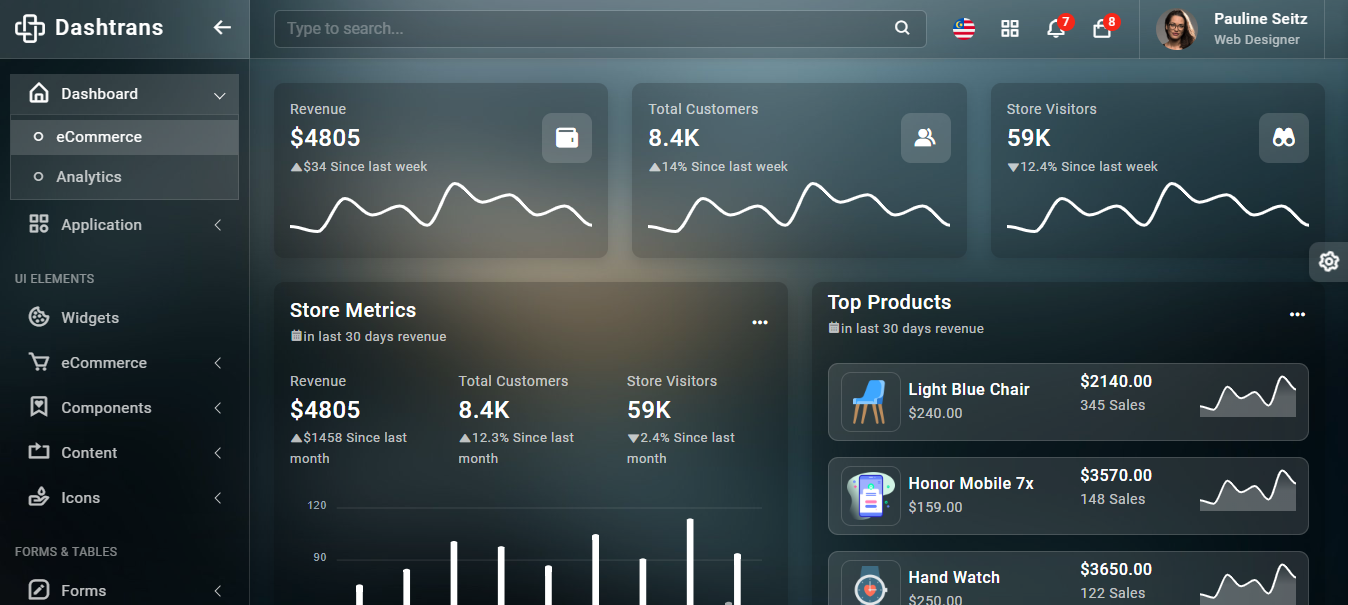Exploring SQLMAP: The Most Powerful SQL Injection Tool for Database Security Testing
The Most Powerful SQL Injection Tool – SQLMAP
SQL Injection (SQLi) is a severe security vulnerability affecting many web applications. It allows attackers to manipulate database queries by injecting malicious SQL code through input fields, URLs, or other user inputs. This vulnerability can expose sensitive data, modify or delete records, and in extreme cases, lead to full control over the database. Because of SQL Injection’s dangerous potential, cybersecurity experts continually work to develop tools to detect and exploit these vulnerabilities safely and ethically. One of the most powerful tools available is SQLMAP.
SQLMAP is an open-source, automated tool specifically designed to detect and exploit SQL injection vulnerabilities. It has become indispensable for penetration testers and security researchers worldwide due to its powerful features and versatility across various databases. With SQLMAP, even complex SQL injection testing is simplified, allowing users to probe deep into an application’s database structure, extract information, and assess the level of vulnerability. Unlike manual testing, SQLMAP automates the injection process, saving time and ensuring comprehensive scans across different injection points.
One of the standout features of SQLMAP is its broad compatibility with various database management systems, including MySQL, PostgreSQL, Oracle, and Microsoft SQL Server. This wide compatibility makes SQLMAP versatile, as it can interact with numerous environments. Beyond compatibility, SQLMAP offers a range of injection techniques, including Boolean-based, Time-based, Union-based, and Out-of-Band injections, ensuring that it covers many potential vulnerabilities.
SQLMAP also supports automatic database enumeration. This feature allows users to retrieve valuable data from a database, such as table names, column structures, and even specific information within columns. For instance, if you’re testing a vulnerable website, SQLMAP can help you identify the structure of its database and retrieve data like usernames, passwords, or transaction records. SQLMAP goes beyond just discovering vulnerabilities; it allows security testers to exploit them to understand the depth of the risk. For ethical hacking purposes, it’s a powerful tool in understanding how much information can be accessed if a vulnerability is left unpatched.
Running SQLMAP is relatively straightforward, especially for those familiar with command-line interfaces. By entering commands that specify the target URL and parameters to test, SQLMAP begins probing for vulnerabilities. For example, a basic SQLMAP command might look like this:
sqlmap -u "http://example.com/vulnerable.php?id=1"
In this command, SQLMAP tests the parameter id for SQL injection vulnerabilities. By adding options, such as --dbs (to list all databases) or --tables (to list tables within a specific database), users can dig deeper into the structure and contents of a database. Here’s a quick look at some useful SQLMAP commands:
- Basic Scan:
sqlmap -u "http://example.com/vulnerable.php?id=1" - Enumerate Databases:
sqlmap -u "http://example.com/vulnerable.php?id=1" --dbs - Extract Table Data:
sqlmap -u "http://example.com/vulnerable.php?id=1" -D database_name -T table_name --dump




